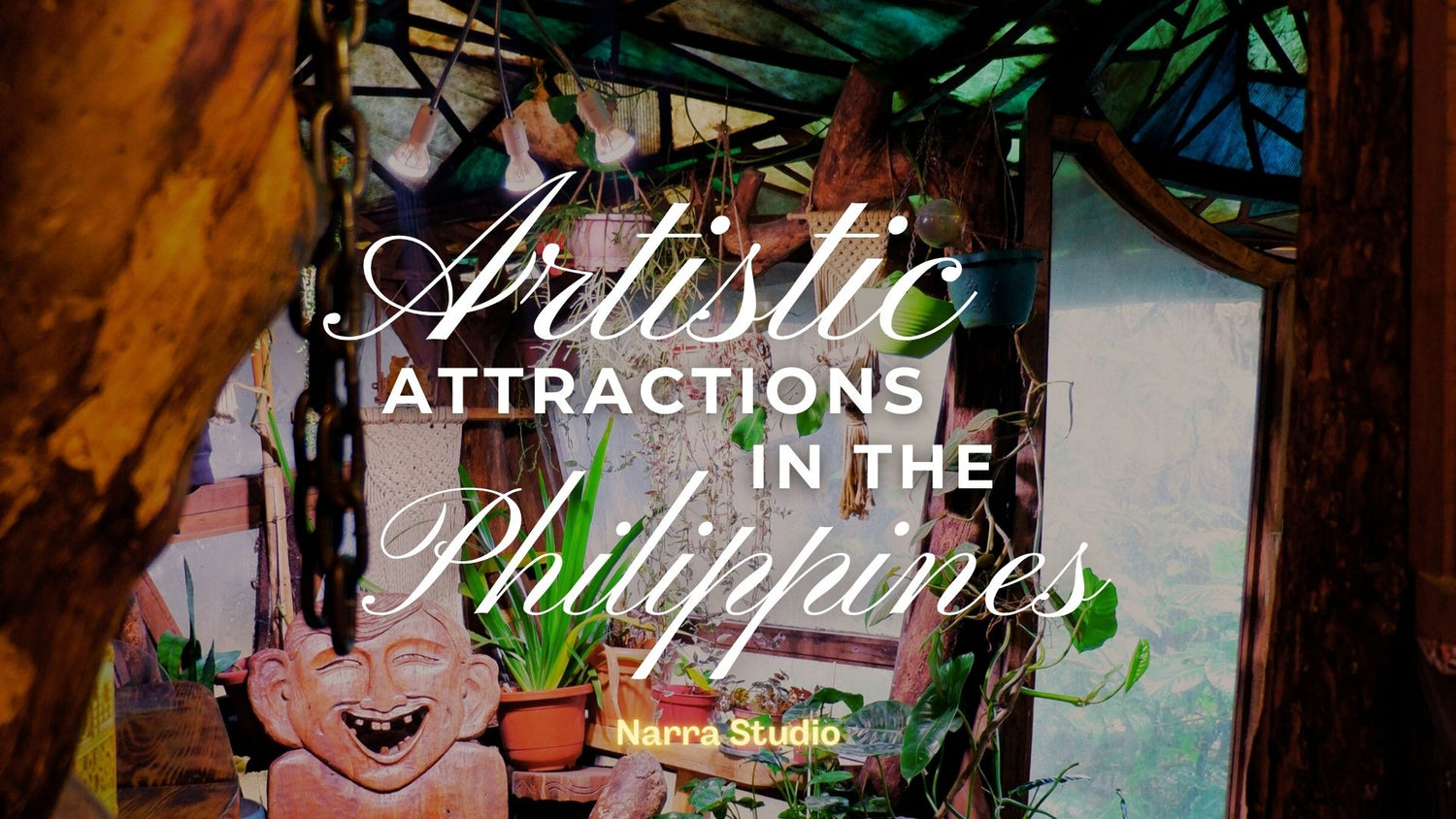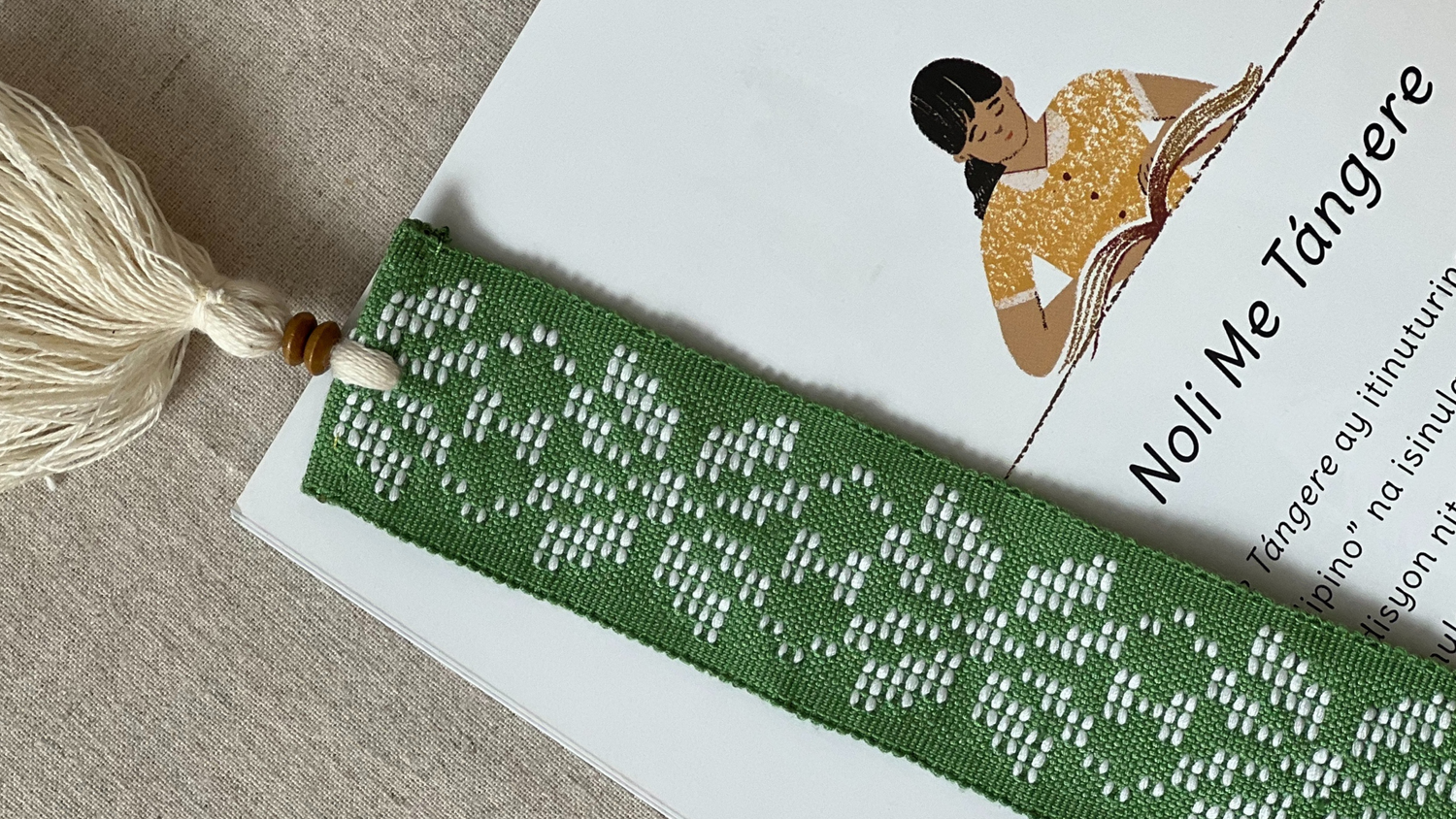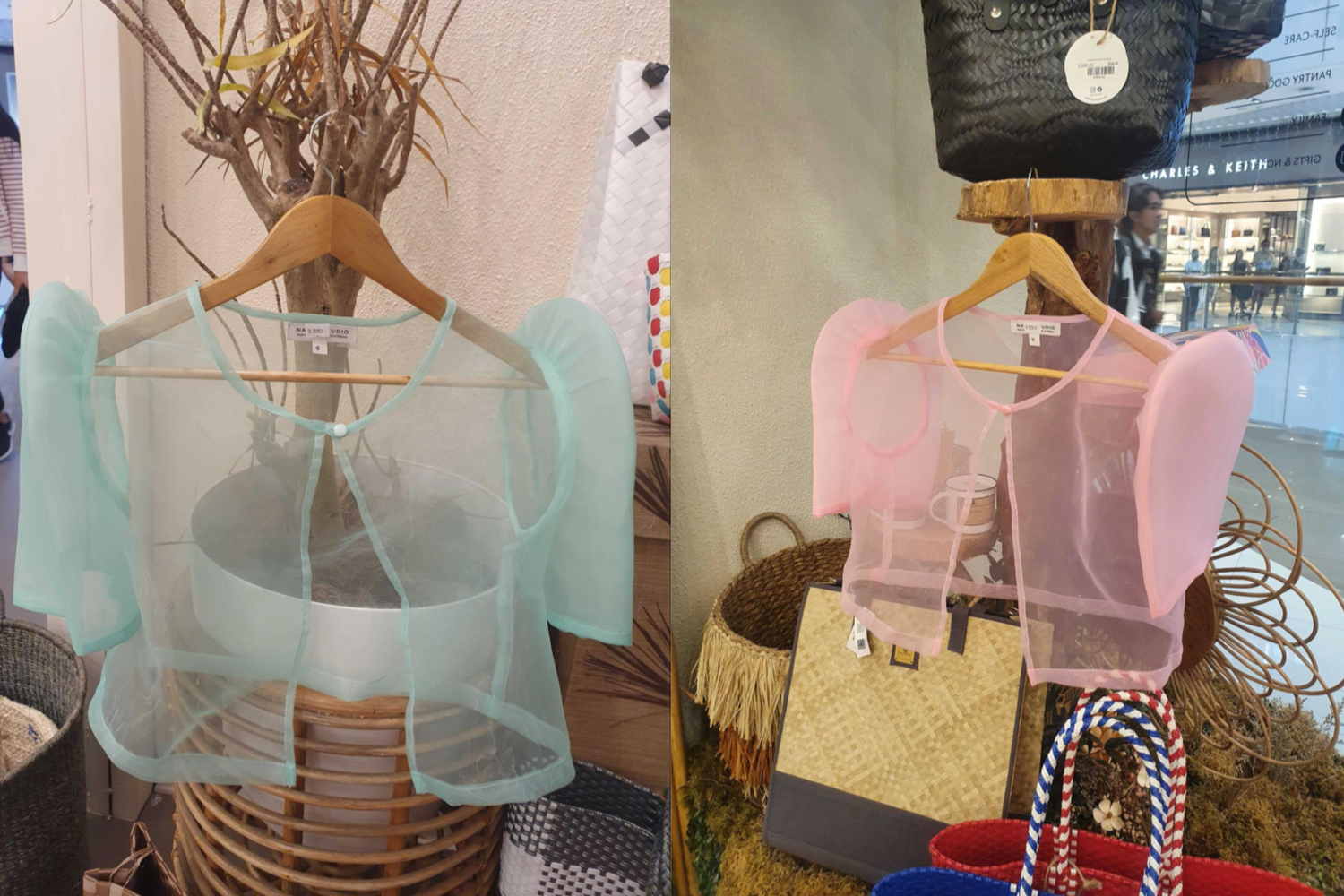The Tagalog word for embroidery is burda (pronunciation: boor-DA). It refers to both the activity (pagbuburda) and the product. But in the town of Lumban in the Philippines, burda is more than that—it’s a way of life.
Lumban, located in the province of Laguna, has established itself as the “Hand Embroidery Capital of the Philippines.” It is one of the oldest towns in the province and gets its name from the lumbang (candlenut) tree (Aleurites moluccanus).
The designs are meticulously embroidered by hand on a variety of fabrics, including fine cotton, jusi, organza, and piña.
 From the Lumban Embroidery Association Multi-Purpose Cooperative
From the Lumban Embroidery Association Multi-Purpose Cooperative
In the calado style of embroidery, the threads are removed from the sewn design. These are then embroidered anew, creating a new design. Calado embroidery is a meticulous process that gives importance to a neat creation and reflects an embroiderer's fine needleworking skills.
The tradition of hand embroidery in Lumban is centuries old and can be traced to the arrival of the missionaries during the early years of the country’s colonization by the Spanish. Many of the intricate designs of Lumban embroidery date back to the 1600s.
 Ten women photograph © Smithsonian
Ten women photograph © Smithsonian
As the story goes, nuns from the Franciscan order taught needlework to the community so that the wives of the fishermen and farmers would have something to do during their spare time. It was also introduced to girls in religious houses and schools run by missionaries. The women took to embroidery easily and it flourished, continuing up to the present day. And it’s not only the women who embroider—men have learned the craft as well.
Even children have learned to embroider from watching their elders sew. However, the community is facing a difficult challenge: keeping the youth interested to learn hand embroidery amid other interests and job opportunities. Fortunately, local education officials are taking steps to include the art of Lumban hand embroidery in the public school curriculum by 2020.
The local authorities are also pushing to promote Lumban embroidery by conducting an annual celebration, the Burdang Lumban Festival, and sharing posts on social media. The festival is held every third week of September and features parades, pageants, and design competitions.

Filipiniana Blouse and Skirt Set
The fine work of Lumban embroiderers can be seen on clothing such as the Barong Tagalog and other Filipiniana attire, wedding gowns and veils, purses, shoes, handkerchiefs, tablecloths, coasters, and fans.
We are proud to offer custom Lumban-embroidered barongs and blouses that are full of the artistry of the Philippines.

 Custom Silk Organza Barong Tagalog
Custom Silk Organza Barong Tagalog
Additional reading:
https://business.inquirer.net/225627/legacy-embossed-lumban-embroidery
https://www.pressreader.com/philippines/philippine-daily-inquirer-1109/20191006/281505047963925
http://lagunatoptenfestivals.blogspot.com/2017/04/lumban-laguna-burdang-lumban-festival.html



 From the Lumban Embroidery Association Multi-Purpose Cooperative
From the Lumban Embroidery Association Multi-Purpose Cooperative Ten women photograph
Ten women photograph 


